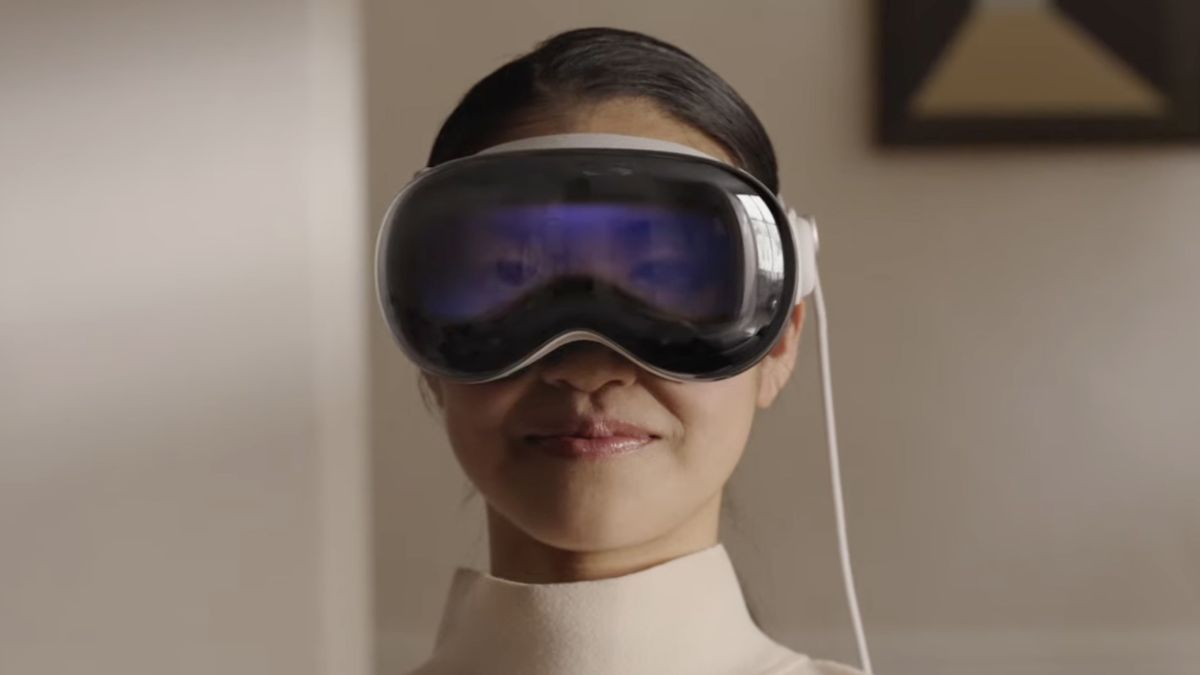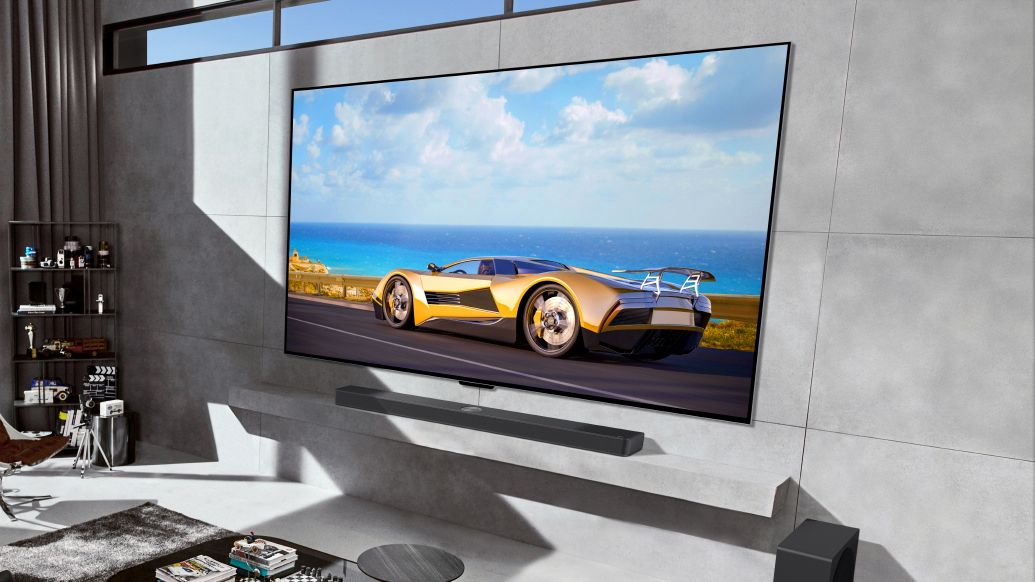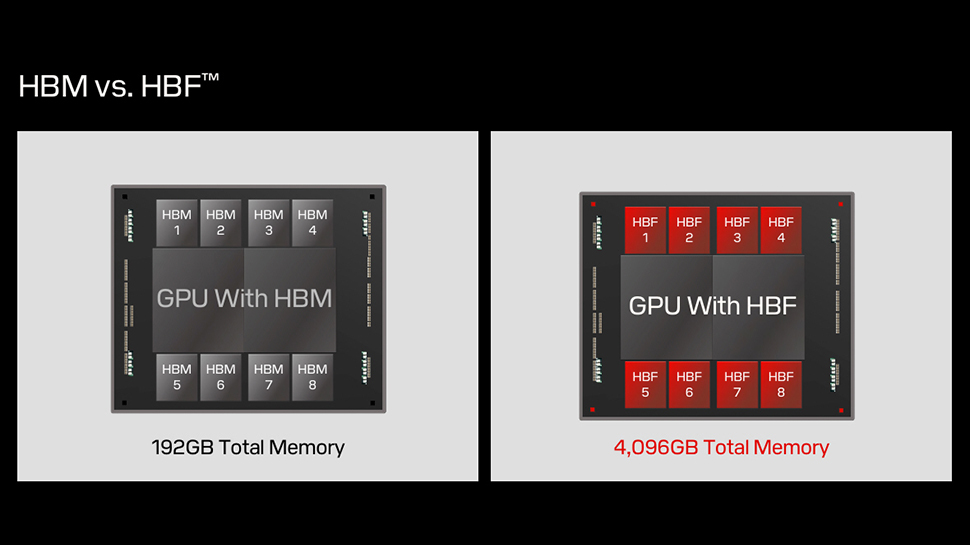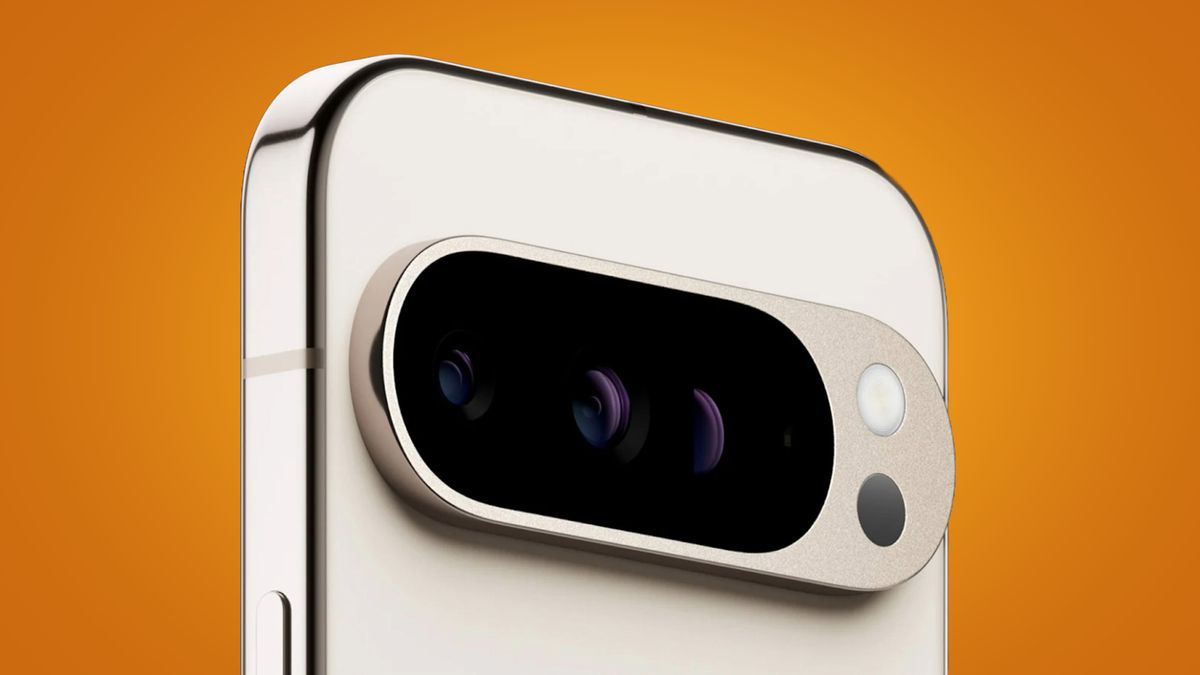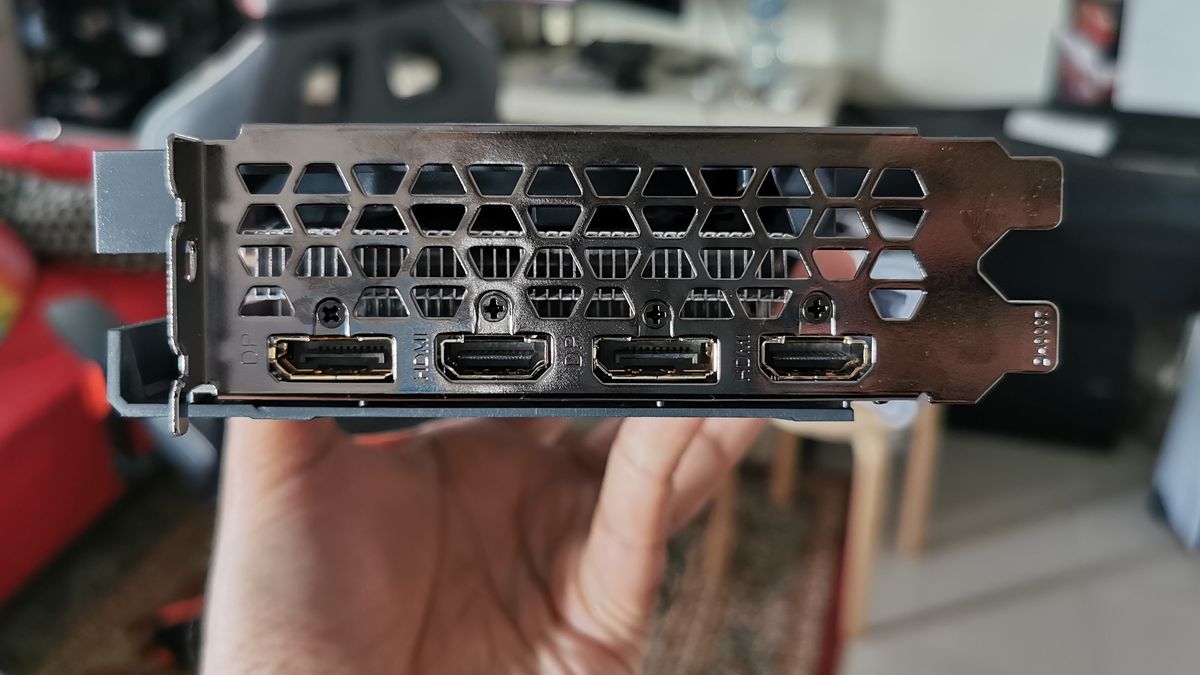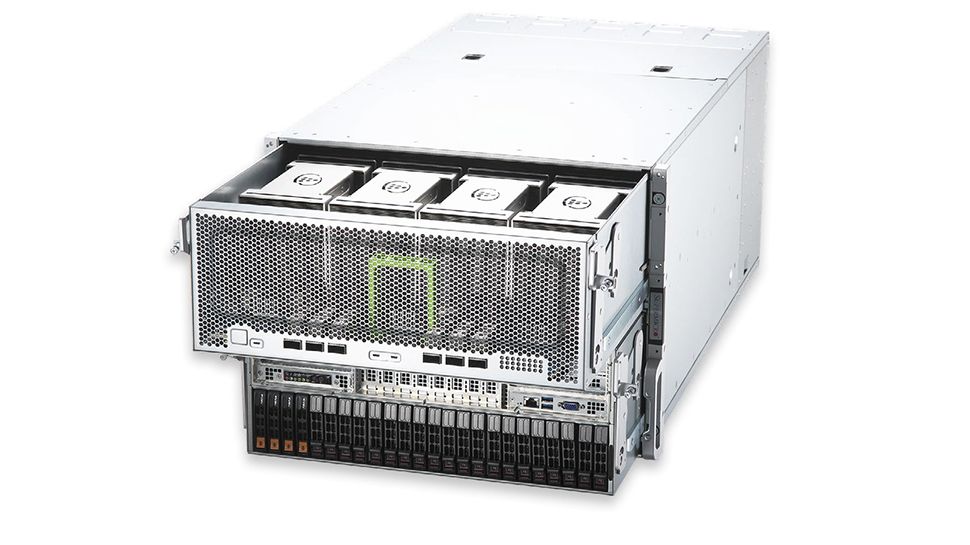The Apple Vision Pro is one of the best virtual reality headsets you can buy, but all that power comes at a significant price, and a new report has shed light on how a cheaper Apple Vision could significantly reduce that starting price, if not at all. Nowhere. almost as low as Meta Quest 3.
In his Power On newsletter, Bloomberg's Mark Gurman shared some key ideas that Apple has apparently been considering for its cheaper Vision Pro. That includes using a narrower field of view and reducing the specs of Vision Pro's internal displays, as well as reducing the visual fidelity of pass-through images that show the world around you when using standby mode. augmented reality headset.
Gurman also pointed out other, more radical ways that Apple is apparently considering lowering the price of the Vision Pro. One of those ideas would involve removing the EyeSight feature that shows the headphone user's eyes to those around them, something Gurman previously said that Apple was considering. That move would certainly be fine with us, as it's arguably one of the Vision Pro's worst features (although it's a good idea in theory).
On top of that, Gurman believes Apple could require its cheaper headphones to be connected to a Mac or iPhone in order to divert processing power from the Vision Pro, which could significantly reduce its portability. It would be a radical change, but you could reframe it as an accessory that gives your Mac multiple virtual displays.
How much could Apple Vision cost?
All of these measures would help Apple reduce the cost of the Vision Pro, and Gurman reveals how much cheaper it could be. The Apple Vision could apparently cost between $1,500 and $2,000, well below the $3,499 (around £2,760/AU$5,250) price of the existing model, but also much higher than the Meta Quest 3 (which starts at $499/£479). / 799 Australian dollars).
But that still leaves Apple with a couple of glaring problems. For one, headphones would remain deeply unaffordable for many people and would require a significant investment for what would likely remain a very niche product.
Additionally, Gurman points out that you would be paying for a much less attractive experience. “Even at $1,500,” Gurman says, “the product would cost three times as much as rival devices from Meta Platforms Inc., without the technological advances that made the Vision Pro superior to the competition.”
This project is now the main focus of Apple's Vision Products Group, Gurman says, placing it ahead of a second-generation (and more expensive) Vision Pro. But with a release date expected in late 2025, there's not much time left for Apple to get a cheaper headset and get the Vision Pro back on track.

